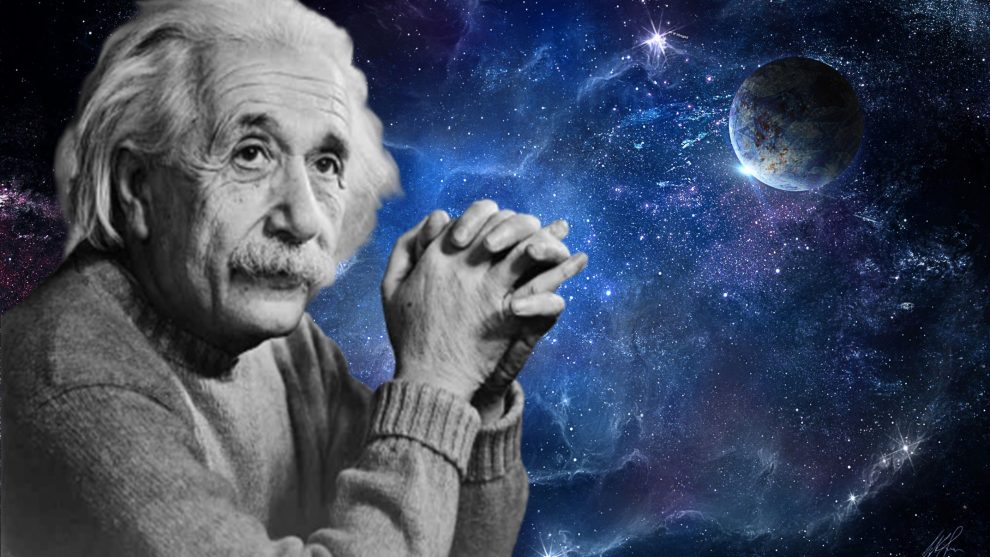A team of Spanish researchers has proposed a surprising theory about the nature of space-time, suggesting that it is composed of intertwined particles that form spiral structures, similar to DNA.
This discovery could change the current understanding of gravity and open the door to a unified theory that connects all the fundamental forces of the universe.
Space-time, that concept that Albert Einstein described as a cosmic fabric that deforms with the presence of massive objects, has been the center of much scientific research.
However, the new proposal published in the magazine General Relativity and Gravity and led by Robert Monjo and his team at Saint Louis University proposes that space-time is not a simple continuous structure, but rather It is made up of particles called virtual bosons. These particles intertwine with each other, forming spiral strips that reminiscent of the structure of DNA.
This model not only challenges traditional ideas of general relativity, but also proposes that gravity, rather than being a simple curvature of space-time, could also be explained as a twist, similar to that of a spring when it is stretched. This torsion, according to the team, would be caused by the interaction of virtual bosons.
Gravity and electromagnetism: a possible union
Getty/ComputerHoy
One of the great unknowns in modern physics has been the reconciliation of gravity with electromagnetismtwo fundamental forces that, until now, have not been fully integrated into a common theoretical framework.
The theory presented by physicist Monjo and his team suggests that this twist in space-time not only explains gravity, but could also have a direct relationship with electromagnetism. This approach leads to what they call “colored gravity,” an idea reminiscent of the Kaluza-Klein theory, which postulated a fifth dimension to unify forces.
This new perspective could bring scientists closer to a theory of everythingone of the most ambitious goals in physics, which seeks to explain all the forces in the universe under a single theoretical model. Although there is still much to investigate and verify, the Spanish team has taken a significant step towards this goal.
The Spanish team’s proposal is not only theoretical. Scientists are in the process of identifying more properties of space-time and developing experiments that could confirm their model.
If this connection between gravity and electromagnetism can be demonstrated through the twisting of space-time, we would be facing a paradigm shift in physicssomething comparable to the scientific revolutions caused by Newton or Einstein.
For now, the scientific community is carefully observing these new findings from the research led by this team of Spanish scientists. Although it is early to say that we have a theory of everything, the advances are exciting and could be a turning point in our understanding of the universe.
As more research is conducted and evidence accumulates, we could be closer to a unified theory that explains the most fundamental forces in the universe.
Get to know how we work in ComputerToday.
Tags: Curiosities







![[Img #74120]](https://thelatestnews.world/wp-content/uploads/2024/10/They-clarify-mysteries-about-the-evolution-of-ruminants-150x150.jpg)



![[Img #74120]](https://thelatestnews.world/wp-content/uploads/2024/10/They-clarify-mysteries-about-the-evolution-of-ruminants-300x200.jpg)

Add Comment